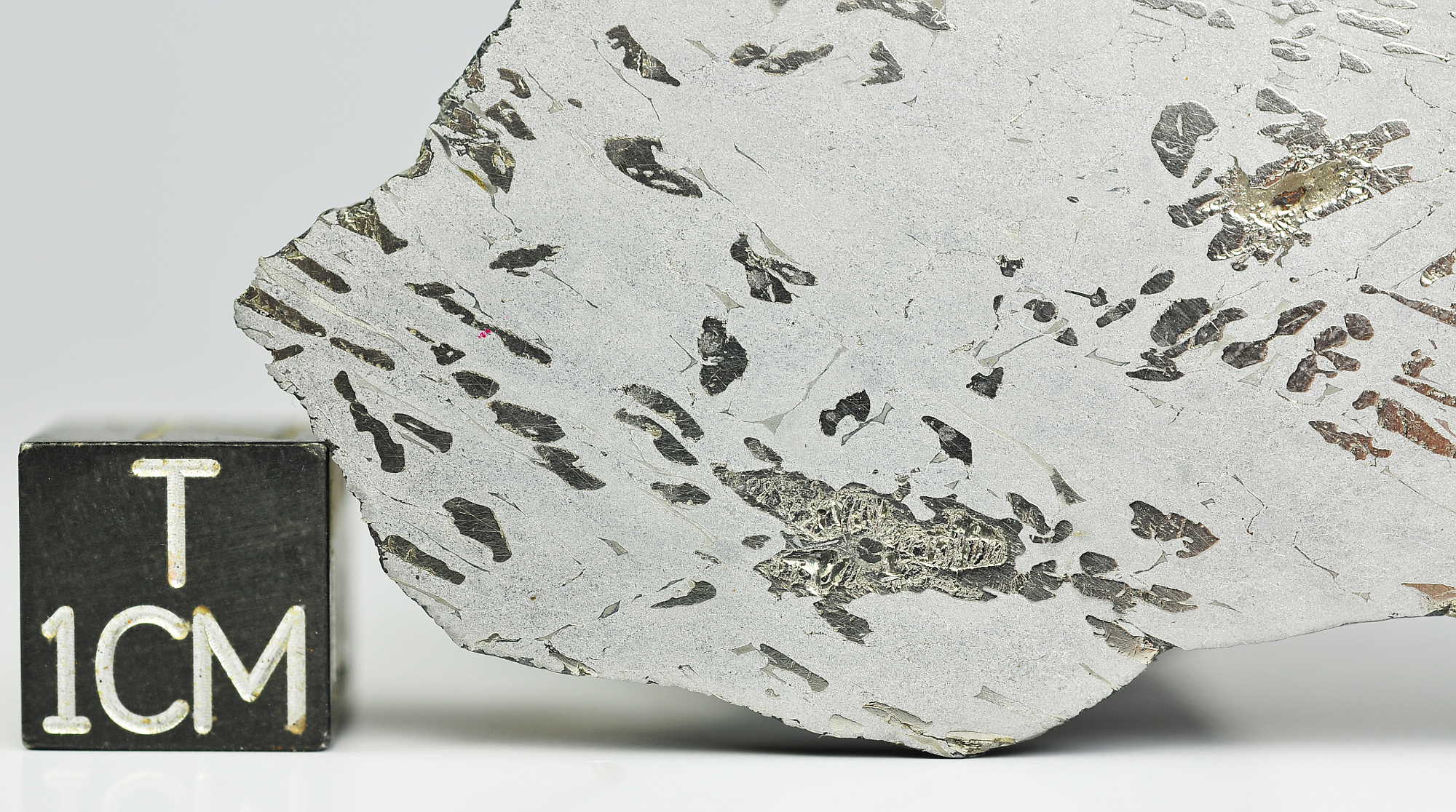
The cause is speculated as being due to the samples having been riddled with lattice defects and impurities. Its hardness is theoretically superior to that of cubic diamond (up to 58% more), according to computational simulations, but natural specimens exhibited somewhat lower hardness through a large range of values (from 7–8 on Mohs hardness scale). It is translucent and brownish-yellow and has an index of refraction of 2.40–2.41 and a specific gravity of 3.2–3.3 . Lonsdaleite was first identified in 1967 from the Canyon Diablo meteorite, where it occurs as microscopic crystals associated with ordinary diamond.

It is found in nature in meteorite debris when meteors containing graphite strike the Earth, the immense heat and stress of the impact transforms the graphite into diamond, but retains graphite's hexagonal crystal lattice. Lonsdaleite (named in honour of Kathleen Lonsdale), also called hexagonal diamond in reference to the crystal structure, is an allotrope of carbon with a hexagonal lattice, as opposed to the cubical lattice of conventional diamond. The name lonsdaleite honors the pioneering crystallographer and activist Dame Kathleen Lonsdale, who proved the flatness of the hexagonal benzene ring.Gray in crystals, pale yellowish to brown in broken fragments Salzman believes these could have “applications ranging from abrasives and electronics to nanomedicine and laser technology.” The authors said lessons learned in lonsdaleite could be applied to other carbon-rich materials that contain significant amounts of other elements placed under extreme pressure.Ĭo-author Professor Christoph Salzmann from University College London explained that these crystals have a number of potential applications: “Through the controlled layer growth of structures, it should be possible to design materials that are both ultra-hard and also ductile, as well as have adjustable electronic properties from a conductor to an insulator,” he said. However, modeling suggests the hexagonal formation should be 58 percent harder than ordinary diamonds. How hard the diaphites might be remains to be seen. Where diamond and graphene meet, unexpected things happen to layer spacing, which explains previous spectroscopic observations of lonsdaleite.Īvailable quantities of lonsdaleite have been too small to test some of its properties.

“Through the recognition of the various intergrowth types between graphene and diamond structures, we can get closer to understanding the pressure-temperature conditions that occur during asteroid impacts,” Németh said in a statement. Apparently, making the hardest stone known to humanity is some people's idea of a pandemic activity however, it seems they may have been making the hexagonal lonsdaleite they imagined, not what is found in the Canyon Diablo and other meteorites. In recent years, two teams have independently described methods for producing lonsdaleite in the lab. The crystal also contains numerous errors where atoms are misplaced. It turned out lonsdaleite actually involves traditional cubic diamonds and graphene-like domains that have grown together in what are known as diaphites. However, on examining lonsdaleite using Raman spectroscopy and crystallography, Dr Péter Németh of the Institute for Geological and Geochemical Research and the study co-authors found something much more interesting going on.


 0 kommentar(er)
0 kommentar(er)
